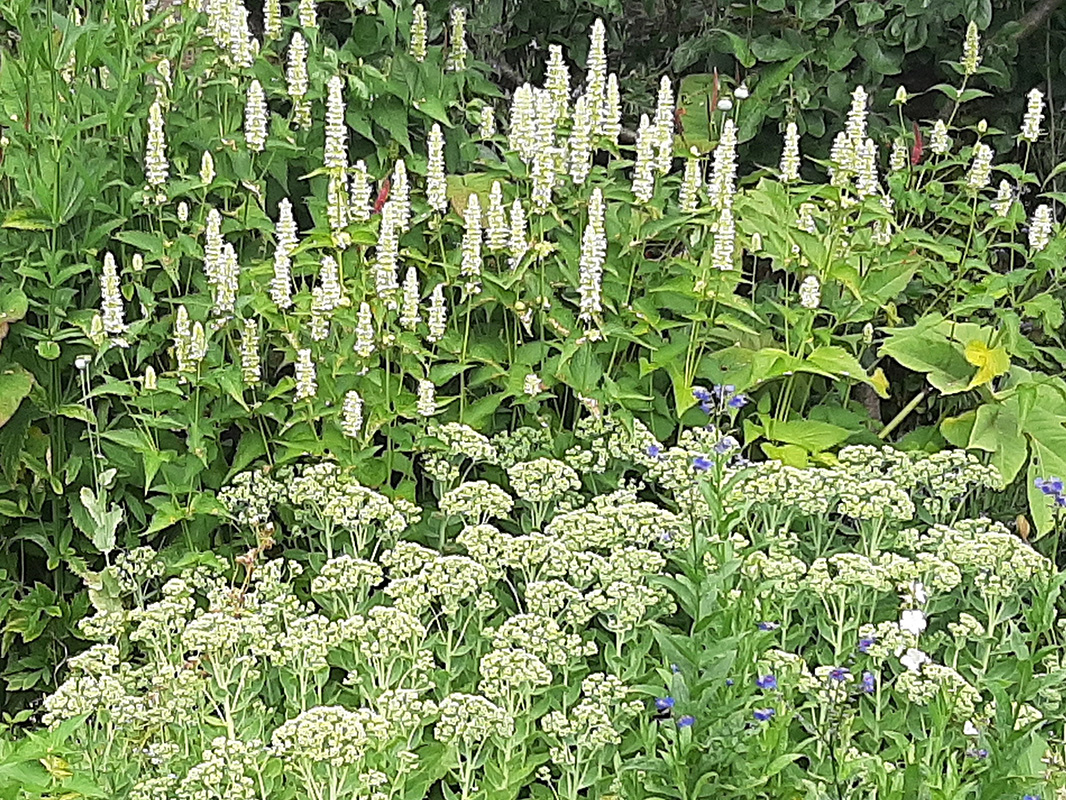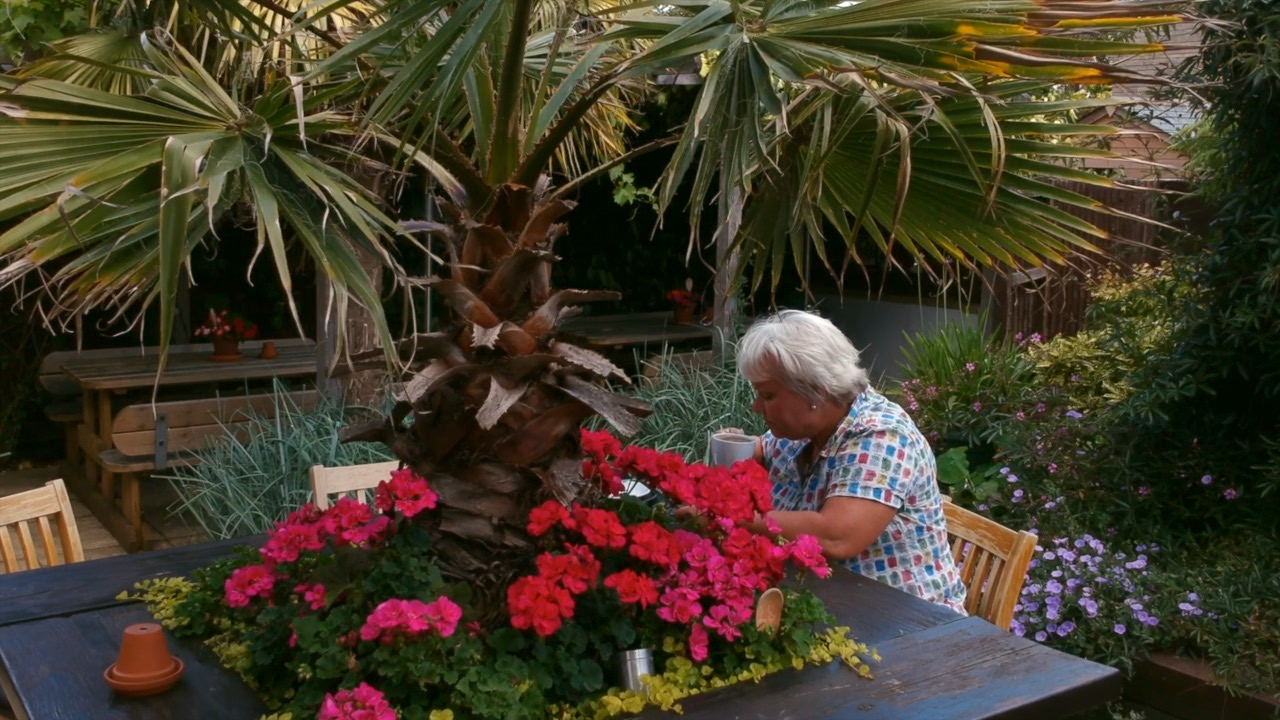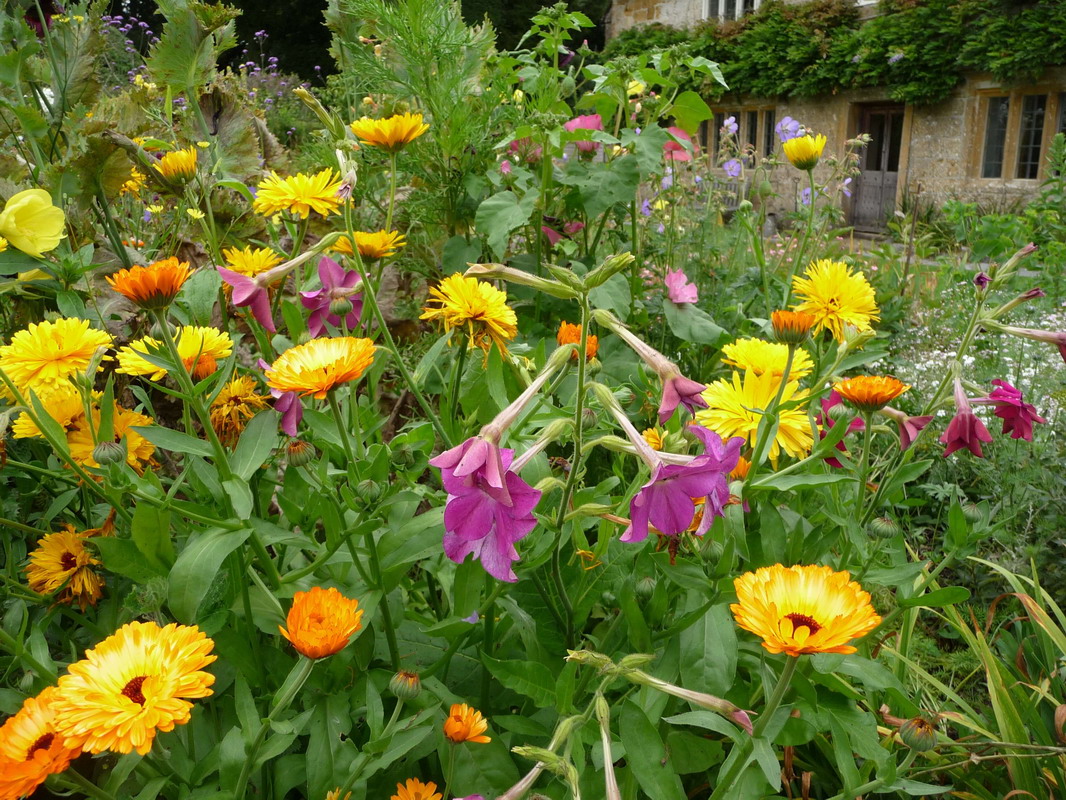Spare a thought for landcapers
Winter in the garden
Early winter is a good time to assess your garden, especially the hard landscaping. Are your path and patios safe even when slimy with algae? Do you need lighting for the route from the car to the door during the dark hours? Was your patio big enough for both your pot plants and summer guests, though it may look large enough now…has the structure survived years of sun and frost? Is the shed watertight?
The rain is lashing down right now – where does the water go? SUDS (Sustainable Drainage Systems) compliance means that that the run off needs to be managed, either down drains on the property or by having water absorbent surfaces such as borders, lawns, gravel and other permeable materials, which is much the most sustainable option. My old concrete path by my Victorian cottage drains towards the pavement. Rain cascades down three ancient stone steps, and if it freezes after rain, the pavement becomes a skating rink. This would never be allowed on modern properties. I sprinkle salt on the frosty pavement – it is cheaper than installing slot drains.
The wet autumn and Christmas season is the worst time of year to think about your own garden with enthusiasm. Landscapers and gardeners would like you to raise enough enthusiasm to give them a call this week with a view to engaging them to improve your garden next year. They are brassed off with being alternately soaked or frozen. This has hampered outdoor works for weeks, and because money is short, new enquiries are much slower than usual.
The first week in December is the nadir of the gardening year for me. After the blazing autumn leaves have dropped from the acers and before the snowdrops emerge, the structure of the garden is laid bare. Mine is found wanting, and I am planning a larger seating area, with stone edges and self-binding gravel in the middle. This will tick the boxes of being permeable and easy to do myself, once I have dragged new materials up the path on my trusty sack truck. It will be rustic, to suit my Victorian stone cottage, but really to excuse any wobbles in construction.
I shall consider which spectacular plants to introduce next year, to distract the eye from errors. You can take photos from the doorsteps and edit them with blobs, fountains and lollipops to illustrate new ideas in a cartoon-like format. Will a new tree hide the view from neighbours’ windows, or splashes of pink geranium flowers lighten up a gloomy corner? Amend your garden digitally in elevation before you consider the plan.
I don’t want my own garden to be full of winter interest. It is only small and I wish to use the space mostly in the warmer half of the year. Winter interest in the garden magazines means cornus overload and pictures of frost-rimed holly. I like cornus alba varieties in large gardens. The coloured twigs of C. a. Sibirica and flaviramea, winter heathers and hellebores lighten the gloom of winter very well, but they are nothing special in the summer. I daresay C. Elegantissima makes a decent variegated backdrop for summer flowers. I won’t give them garden room – I would rather have bare soil now, followed by spring bulbs and summer dahlias.
Not desperate for bright colours outdoors before I dress the house with baubles, I am content with the greys and browns of the season, particularly the view of my neighbour’s large silver birch. She dominates the view from the kitchen sink and has just shed her golden gown. Her twigs will make good Christmas decorations. I forgive her shedding twigs and flower calyxes in spring. She is one of the few plants I have enjoyed in gardens for half a century and still not tired of.
I prefer the native silver birch to the popular white stemmed Himalayan birch, Betula utilis Jacquemontii. Striking in winter, it is so overused in public planting I am now bored with it. The leaves are larger, the habit stiff. I prefer the swaying of the fine pendulous twigs with the dainty leaves of the native birch in the slightest breeze. If I had the room, I would grow red Chinese birches in groups for a new woodland garden. They are less popular, perhaps because Betula albosinensis septentrionalis is a bit of a mouthful. Once you see the low sun in winter backlighting the flakes of bark to a luminous foxy red, you will be a convert.
My holly at the front gate bears a magnificent crop of berries this year. It is not a portent of a hard winter – it has no psychic powers! More likely, in the hot summers of recent years the wood has ripened well enough to grow fruit. I have already cut some twigs and put them in the shed for decking the halls next week. If you leave them much later, the birds eat all the berries. I prefer to have a garden full of summer interest. In fact I rather enjoy my garden looking sodden and boring now, so I can turn my attention to indoor occupations and Christmas. By the time St Valentine’s Day comes around in 11 weeks’ time, I shall be looking forward to the coming season with a refreshed mind.



